The cold weather continued from January into February. The garden grew slow the first half of the month, and thankfully, there were no more freezes or frosts. The gradual warming as spring approached woke up my garden and a frenzy of blossoming began.
Here is my summary of February in the garden:
- Journal Entries
- Harvest Summary
- Gardening Resources for February
- Final Thoughts
Journal Entries
Weeks 1 & 2
The first week of February was cold, only up into the mid-60’s with occasional light rains. It was the first week I can remember doing nothing in the garden. It felt like the garden was just sitting there, waiting for the warmth of spring to blow in.
I spent several hours cleaning and packaging more Egyptian spinach seeds to sell in my Etsy shop: HomesteadByDesign.
Mike spent the first part of February refurbishing a lawn tractor he had bought on a neighborhood app. It was quite a tear-down and rebuild. Later this year, after we move, I’ll write a post for you about how to save money by refurbishing used equipment.
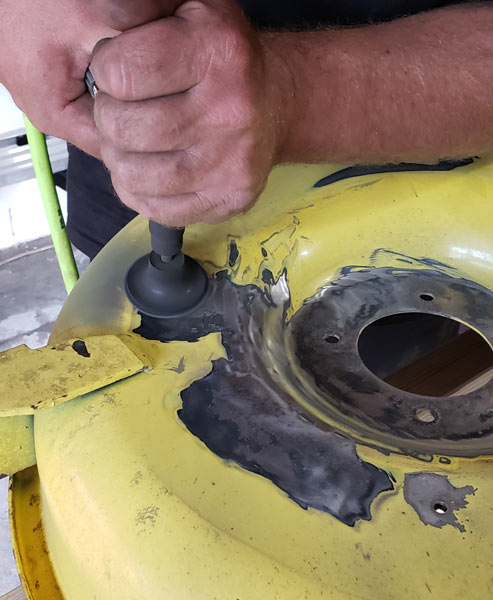
The second week of February, I gathered cuttings of several plants to propagate. We anticipated having a community garage sale in March, so I thought it would be fun to share our garden plants by selling rooted cuttings. I cut and started new plants (clones) by simply placing them in filtered water in glass jars by my eastern window:
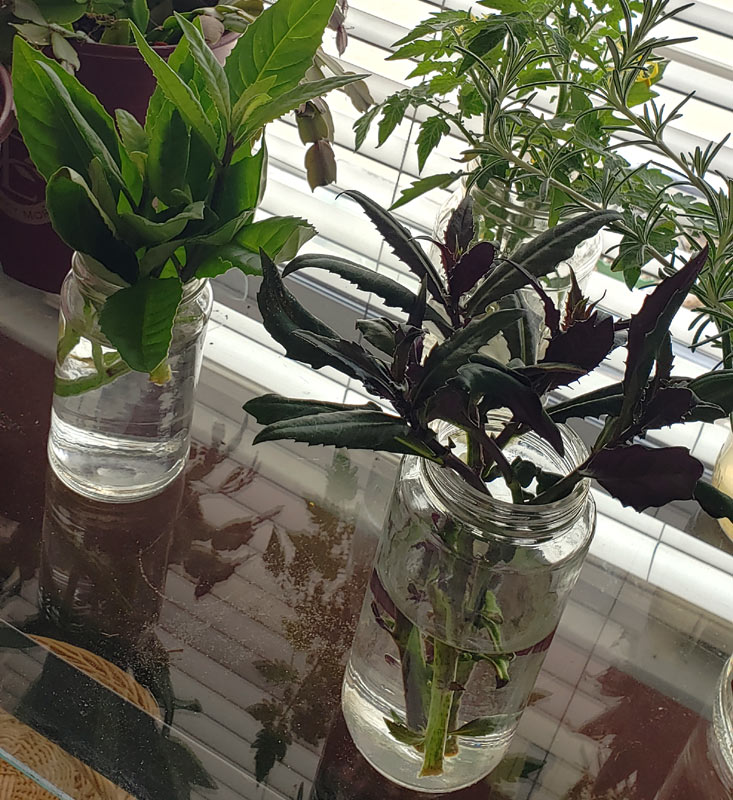
- Rosemary
- Okinawa spinach
- Longevity spinach
- Cherry tomato
- Sweet potato
The tenth of February was a warm day in the mid-seventies. I had time after work to start cleaning up some of what the frosts from weeks ago had killed off. I cut back some passionfruit vines, trimmed the spider lily of dying leaves, and pulled a good number of weeds.
All of the potted plants needed watering. We’d had several dry, windy days. I fertilized the orchids and cabbages.
The last of the Seminole pumpkins was finally ripe enough to pick, so I brought it inside along with 2 passionfruits that had dropped to the ground.
On Valentine’s Day weekend, Mike and I did our annual crepe myrtle tree trimming. We piled up the branches to dry for a few weeks instead of chipping them right away. They chip better when they are dryer.
The next night, we got a good amount of rain. It plumped up the tomatoes and our lawn started looking green again.
Week 3
The Brickyard tomatoes were ripening all at once, and over the next two weeks, we harvested about 30 of them from six plants.
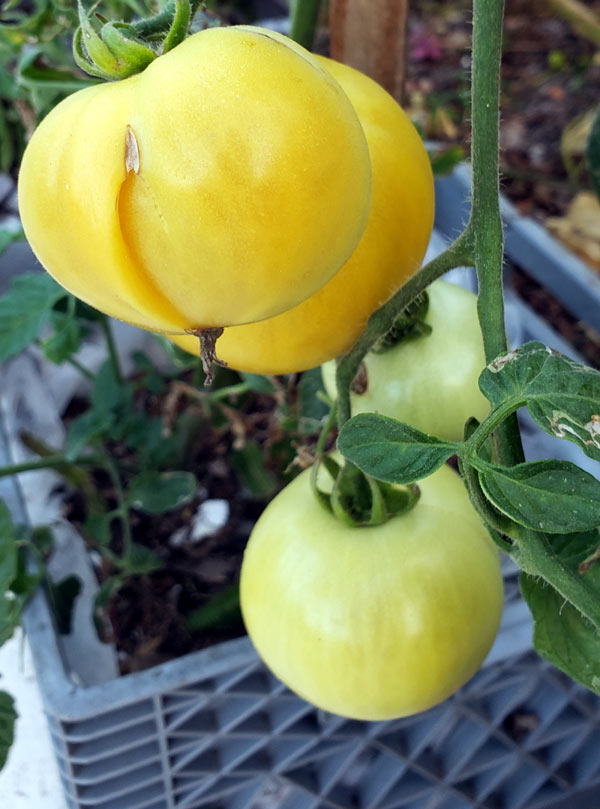
The tomatoes had grown well in the milk crate containers we had planted them in, but it was difficult to stake them properly. they needed a strong stake, and the pots were not deep enough to support a stake. The large, beefy tomatoes really needed more root space than a milk crate provided. However, I had no root-knot nematode problems, so the plants did grow strong and healthy.
Overall, it was a great garden experiment. I think the milk crates are better suited to annuals that grow shorter roots. Next time, I’ll try lettuce or something similar.
With the warmer spring weather came a lot of blossoms. It felt like the whole garden had come alive again!
Several of the basil plants had gone to seed. I harvested them as well as the rest of the cranberry hibiscus seeds, and a small handful of dried beauty berries.
Saturday the 19th, I cleaned out a section of the garden I had let grow “wild” over the winter, and I found about 2 dozen sweet potatoes. I let them cure for a week in a warm spot in the house, then packed them in the closet with the rest of our sweet potatoes from our November harvest.
The sweet potatoes and Seminole pumpkins have been great additions to many meals over the past several months.
Week 4
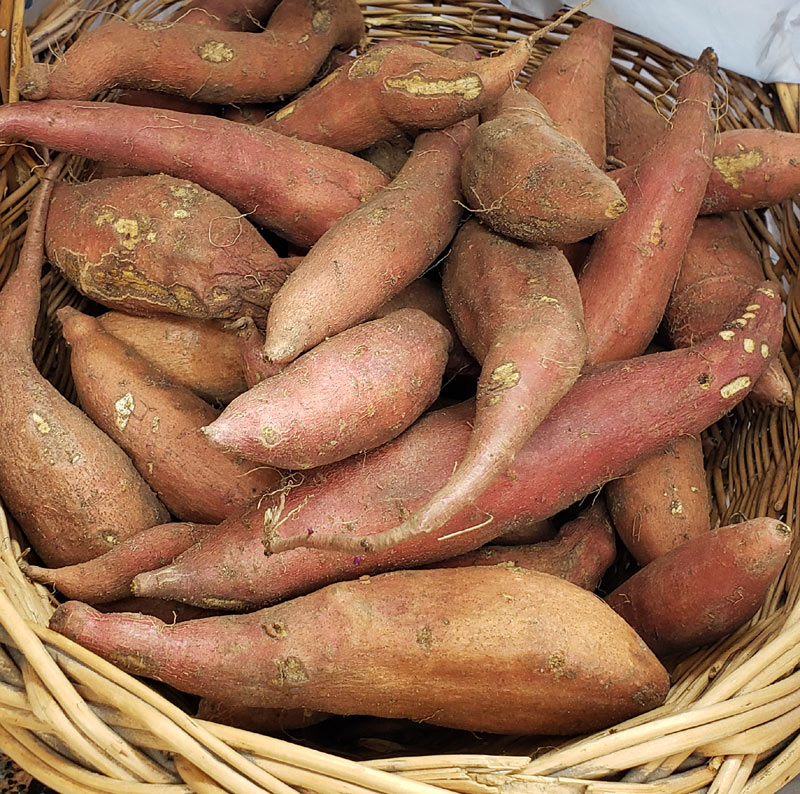
It started “raining” passionfruit this week. The fruit started dropping 6-8 a day. Every day after work, I’d come home and pick them from the ground. Mike bought me a handy grabby-stick to reach back under the thick vines and pick them up.
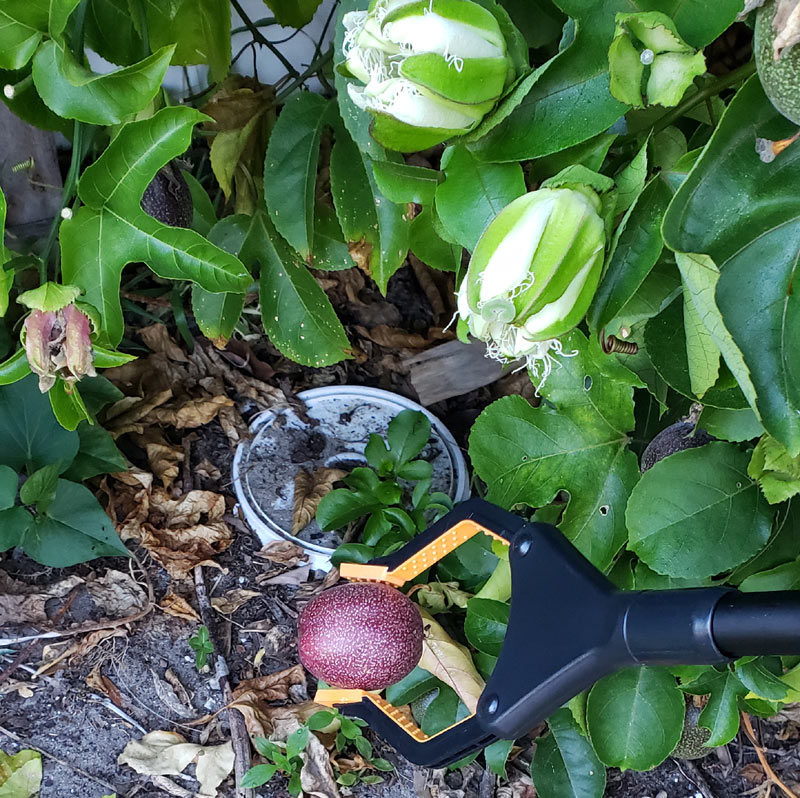
All of the plants I had started propagating had formed roots and I was ready for our upcoming garage sale.
My ginger I had started from a grocery store rhizome produced four healthy plants. I plan to keep them as house plants until we move to our next homestead.
Harvest Summary
Food:
- Green pepper
- Cherry tomato
- Brickyard tomato
- Seminole pumpkin
- Passionfruit
- Longevity spinach
Seeds:
- Egyptian spinach
- Several basil varieties
- Cranberry hibiscus
- Passionfruit
Gardening Resources
Final Thoughts
It felt wonderful to watch the garden blossoming and budding again. Even though plenty of things were growing, the longer days and warmer weather started bringing out the best in all of the plants.
The yellow onions and cabbages are not quite ready to harvest yet. I’ve let the arugula go to seed. Three small Seminole pumpkin vines survived the winter and started growing again. The cherry tomatoes came up from volunteer seeds.
The less I “maintain” the garden, the more things seem to come up on their own and take care of themselves. That is my ultimate goal, to create a self-sustaining garden – a food forest – that needs minimal human intervention.
I hope I have inspired you this month on your own gardening journey. March is promising plenty of harvests and growth!
Until next month,
Happy gardening!
Alisa
Thank you Alisa! I have been waiting for a new post and so happy to see it. I have been wondering if growing in Florida requires you to use pots/raised beds for soil quality most times instead of planting in the ground? Or does it just depend on your land’s soil and what you plan to grow? Also, do all of your plants get full sun?
Thanks again and Happy Spring to you and your family!